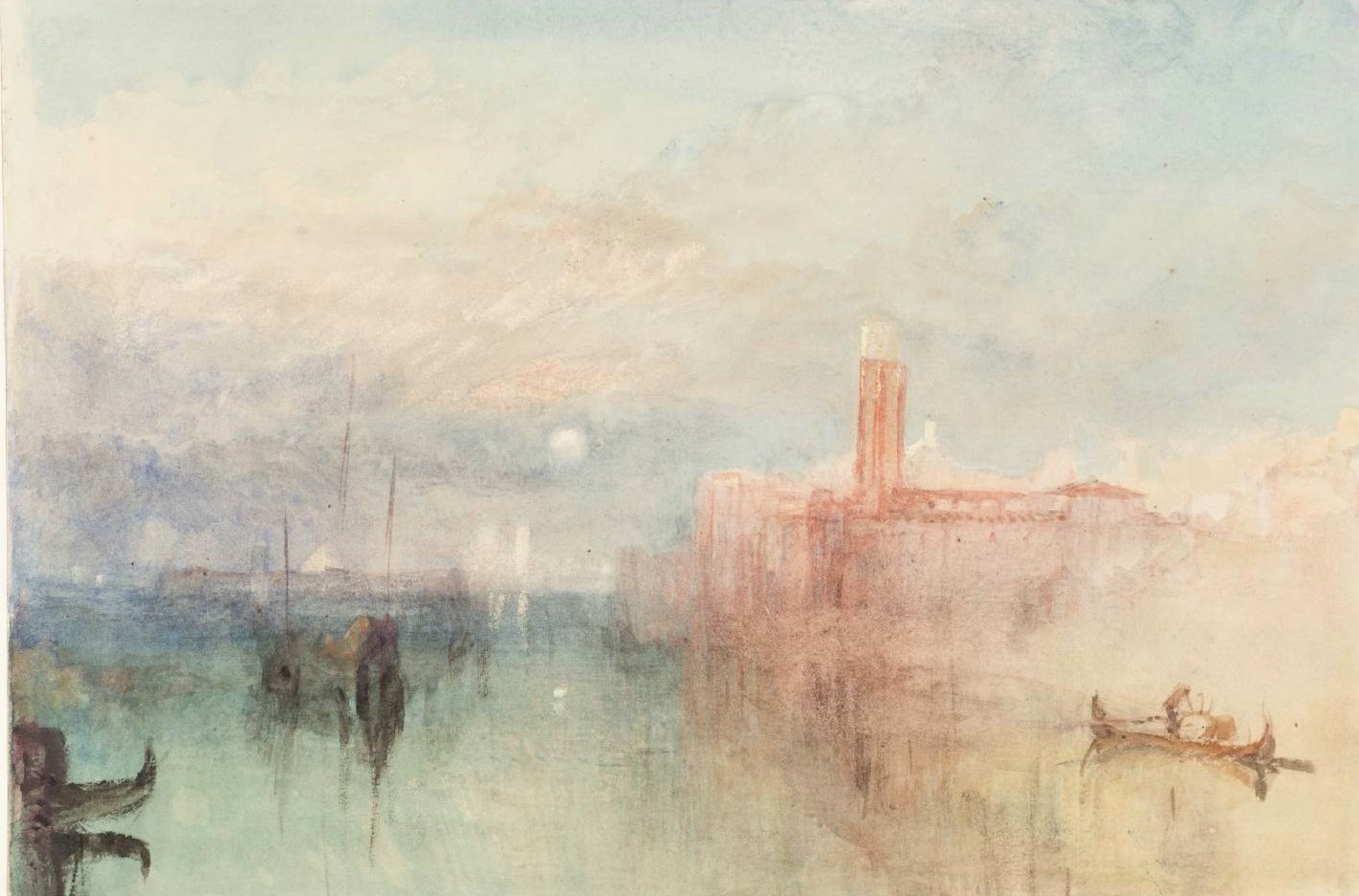Now it’s time to be awed by J.M.W. Turner at the Kimbell
ArtandSeek.net November 9, 2021 25OK. So we know pretty much what everyone’s checklist is for ‘the must-see big-art-shows over the holidays.’
- If we haven’t already, we’ll see at least one of the immersive van Gogh “experiences.” Either the one in Dallas or the one in Arlington. Check here for advice on which one you might enjoy more. Currently, both are selling pricey tickets into January. So — what says ‘family Christmas’ like getting bedazzled by giant walls of swirling, colored light?
- Next, see the real van Goghs at the Dallas Museum of Art. A very different immersive experience. We get to stand in a single gallery, surrounded by paintings van Gogh made in the last year of his life, paintings that have never been brought together before. Then we can check out the landmark research that demonstrates why all those famous colors you’ve seen for years are, in some cases, not van Gogh’s original colors.
- Then, all right, all right, maybe we’ll go and visit the J. M. W. Turner exhibition at the Kimbell Art Museum.
Turner’s Modern World at the Kimbell Art Museum through Feb. 6, 2022.
So let’s be clear: Do not overlook the Turner show. It’s not some cultural duty. This is the first show of his work to come to North Texas is more than a decade. If you’ve never experienced a sizable collection of Turner’s works before — the grandeur, the historic details, the sense of violent sweep and smoky light — this may be the only time for another decade or so to encounter one of the titans of 19th-century art, perhaps the greatest British painter, ever.

The Fall of Anarchy (?) c.1833-4 Joseph Mallord William Turner
- Considering all the current shows, the Kimbell’s is the only one that offers an overview of a master’s entire career. The DMA’s van Goghs give you an appreciation of how obsessive and self-aware the painter was at the very end of his life. He wasn’t just enraptured by sunlight and trees and peasant farmers; he was possessed by paint, by experimenting constantly with colors, with brushstrokes.
- While van Gogh offers paint as ecstatic expression, Turner, over the course of his career, re-invented landscape painting and history paintings as violent uproars and brooding clouds. His view of puny humans against huge forces of nature has been called “cataclysmic romanticism.” But then he dematerialized paint into luminous whisps — he turned reality into something barely glimpsed, into mists that somehow conjure up seastorms, Venice, a royal procession, death.
- For those who were around for the Dallas Museum of Art’s colossal Turner show in 2008, you’ll find some familiar items at the Kimbell, notably one of his fantastic ‘burnings of Parliament’ — it’s Turner’s own gorgeous, post-apocalyptic, widescreen movie — plus his ‘death on a pale horse (aka ‘The Fall of Anarchy’) and the beautifully somber and utterly still “Peace – Burial at Sea’ (up top), his memorial to his dead friend, the artist David Wilkie.
- The DMA show had some 136 items; the Kimbell’s a little over 100, but what distinguishes it is the way it’s organized. It’s not a simple career chronology — until, boom, he’s dead. As the title indicates, the show argues for Turner as an artist, unique in his time, who points forward precisely because he captured in detail the Napoleonic Wars, the Industrial Revolution and the social and political upheavals of 19th century England — many of the changes that lead to our world.

Venice, Moonrise 1840 Joseph Mallord William Turner
- Turner is “relevant” is what all this says, relevant to a 21st-century audience — relevant in subject matter. But he’s been “relevant” all along because over the course of decades, many painters have repeatedly discovered how Turner, years before, pioneered their own efforts in pushing oils and watercolors with unconventional pigments and with brushwork that, in making itself plain as brushwork, still conveyed depth and texture, weight and wonder. Turner’s world seems to be constantly erupting and hissing, simmering and dimming.
- The Tate Museum, where most of this show originated, has some 30,000 items by Turner (it’s where his legacy is stored, his donation in his will of all his works to the nation). So as Kimbell deputy director George Shackleford explained, every five years or so, another Turner show goes out on loan.
- Obviously, there’s a need to figure out some method of selecting and organizing such a vast trove of material, a way of looking at it fresh. And curating the show this way highlights paintings, watercolors and sketches typically overlooked – Turner’s advocacy for Greek independence and political reform, for example. What’s more, we see the Industrial Revolution in these galleries — not so much in Turner’s famous depictions of steam ships and speeding trains — but in steel mills and the gritty transformation of London. No surprise, Turner was the son of a London barber and spoke with a Cockney accent. Despite the many landscapes and seascapes that made him famous, he was a city boy.
- That Turner remains astonishingly fresh and immediate is not surprising when one considers that his 60-year career more or less extends from the late pastoralism and portraiture of Sir Joshua Reynolds, past the revolutionary romanticism of Delacroix and into the first inkling of the Pre-Raphaelites and the earliest Impressionists.
His life’s work has an epic scope, and he often painted on an epic scale. Turner still surprises.










